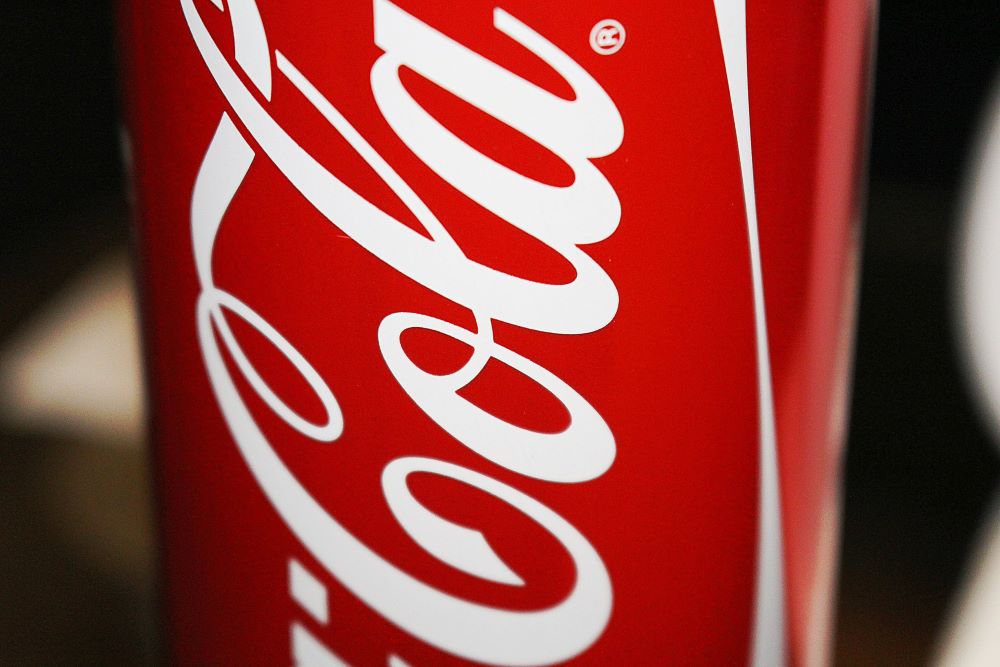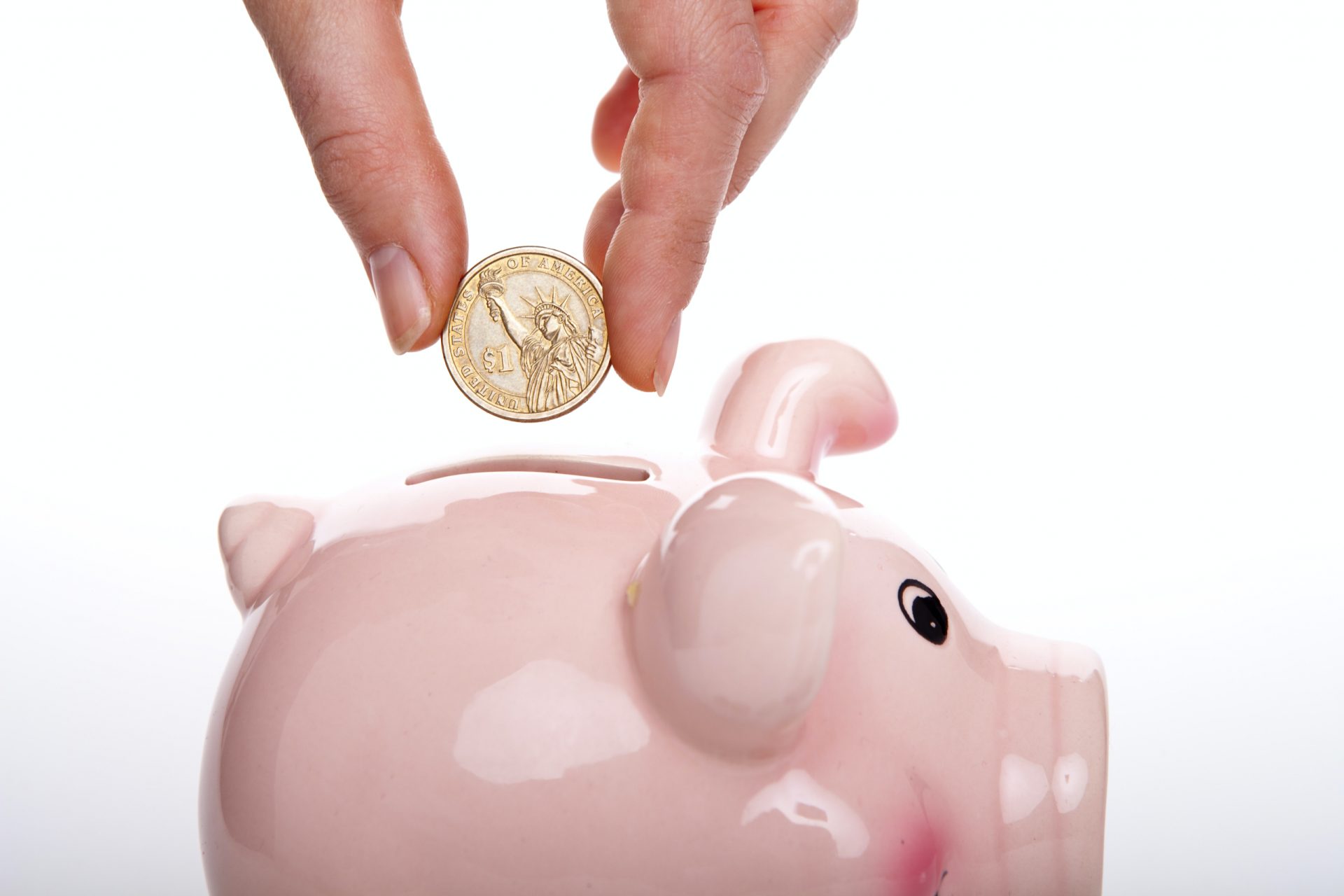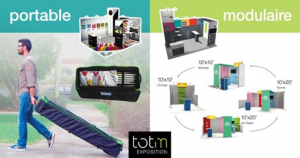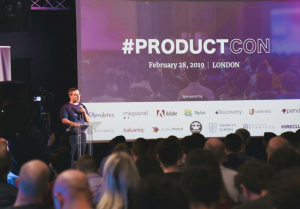Most companies are aware that a strong brand is vital to their success, as it distinguishes a business from its competitors. A brand has to showcase the company’s unique value proposition, i.e., the unique way a business solves its target clients’ problems. As a business, you may have already spent countless hours trying to find the perfect logo, color palette, or tagline.
Did you know that your events can help you build that brand awareness? But only if you can distinguish your event from others like it in a world where events seem to pop up every other day, and people are overwhelmed with information.
Indeed, you are not organizing events to fill up space in a calendar. You’ve gone through all the trouble of identifying a lacuna in the market and carving out your niche. There is a chance that others have identified the same need. Now, what’s the best way to communicate your unique value proposition to an audience that has a lot of options to choose from? How do you make sure your event stands out? In other words, how do you increase brand awareness for a specific event and ultimately for your business?
There are many ways to showcase your event’s personality. In this article, we will share five tried-and-tested marketing tactics to make your event brand stand out.
What is brand awareness, and why is it essential for your business?
First of all, we need to define what we mean by brand and brand awareness.
A brand is what makes your business, product, or service’s image unique, meaningful, consistent, and authentic. A well-crafted brand creates a mental and emotional connection between your business and your target audience. It usually comprises a logo, color palette, fonts, tone of voice, values, name, tagline, etc. All these elements work together to make your brand unique and easily recognizable. In a nutshell, your brand tells your company’s story.
As to brand awareness, according to TrackMaven, a Marketing Insights Company, “it is the level of consumer consciousness of a company. It measures a potential customer’s ability to not only recognize a brand image but to also associate it with a certain company’s product or service.”
Brand awareness is the perception of your brand by your audience. Therefore, building awareness makes it easier for your target to know you exist and what your offer is, as well as making that offer desirable to them. With so many products and services options available to customers, differentiating your offer is of tantamount importance.
How can events help you build that brand awareness?
Your events are an integral part of your marketing strategy. As such, a strong event brand is a perfect vehicle for delivering your unique value proposition.
By giving your event its own recognizable “personality,” in line with your overall brand image, you will attract the kind of audience you want and contribute to making your event memorable. You want attendees to talk positively about you and your event and return if it’s a recurring event. If you manage to build highly effective branding, you can even get to the point where your event becomes a “must attend.”
Here are a few ideas to help you craft that brand and build awareness among your audience.
Five tactics to increase your brand awareness through your events
Use social media to its full potential
A study published by EventMB showed that 74% of event planners in 2018 recognized social media as the most effective tool for event marketing, followed by email marketing (66%), their website (60%), and event registration site (26%). Additionally, Facebook seems to be the most effective for event promotion, followed by LinkedIn.
People are on their mobile devices almost non-stop these days, so if you create highly entertaining and shareable content on social media, they will, without a doubt, help you increase your event exposure. Don’t forget, though, to make your event social media strategy consistent with your overall brand. Building a solid social media presence for your event will, in turn, bring the spotlight to your business brand.
All stages of an event can lend themselves to social media exposure, increasing brand awareness during the whole process. Before the event, dedicated Facebook and LinkedIn pages where you post regularly can build up expectations (make sure to create an easy-to-remember hashtag that attendees can share). During the event, a Twitter account can help you share exciting highlights of what’s going on at the event.
After the event, share pictures and videos on Twitter, Facebook, or Instagram to keep people engaged with your brand.
Make the most of email as a way to build expectations
As stated above, 66% of event planners think that email marketing is effective for event marketing, just behind social media.
If you want to raise awareness about your event, a newsletter sent to your email list can be a powerful tool by keeping your audience posted on all things relevant to your event: the preparation process, which speakers you have lined up so far, what sessions or conferences are already planned, etc.
Create a specific website for your event
A lot of companies create only a landing page for their events. Here, we are talking about a complete event website. Remember that the event website may well be the first introduction to your event for most of your future attendees. Therefore, you need it to be ready in the early stages of the event process, weeks if not months before the event is due to take place.
This website is going to be one of the first elements that communicate your brand, and you need to make sure everything works well together and creates a consistent impression (fonts, graphics, logo, color palette, etc.). Make your website an authentic experience in itself, fitting your narrative.
Make sure your content motivates people to engage with your brand
Creating valuable content is a powerful tool for building a long-term relationship with your target audience. The only downside is that it takes time and resources. It’s also an ongoing process, not a one-time strategy: you have to inform and educate your readers about subjects that matter to them if you want to build trust in your brand over time.
You can definitely apply your content strategy to specific events: for example, you could write a few blog posts for a trade magazine in relation to your event.
Encouraging attendees to take pictures at your event and sharing them will help you develop user-generated content after the event, building your public image further. In addition, if you engage in a dialogue with your target audience and give them a voice, the perception they have of your brand will definitely be improved.
Create a genuine experience through your onsite design
On the day of the event, all the decor elements have to integrate fully with your brand image and be consistent with what you have showcased so far. The onsite design has to carry the story you developed in the early stages of the event process, as it is that story that attracted attendees to your event in the first place. This concerns all the elements of your event, from the venue to the programming. For example, suppose you are hosting a conference on sustainability. In that case, the venue you picked has to showcase its own green efforts (see our previous article for examples of convention centers in the USA that keep their sustainability promises).
The same goes for your programming. It has to be consistent with your narrative: you cannot have only male speakers at an event designed to promote female entrepreneurship. The whole decor has to be consistent with your brand image. For example, you can experiment with using your logo in creative ways, such as gobo effects or light 3-D projections.
You can also incorporate branding into items as long as they are relevant to your storytelling: it can make sense to brand a yoga mat or a sports bag if you are hosting a conference on wellness.
In conclusion
These days, people’s attention is divided among so many stimuli that it gets harder and harder for businesses to get their message through. Simultaneously it is more important than ever for companies to set their brand apart.
If you diversify the ways your potential customers can get acquainted with your brand, you will increase your chances to grab their attention, get your brand recognized, and get them to engage with it. That should go a long way in helping you to convert them.
We highlighted a few methods in this article that should help you build a solid basis for your brand marketing efforts. Most importantly, remember that your brand needs to be consistent throughout all of your communication, regardless of the medium.
And if you are an exhibitor at a tradeshow, let’s discuss all the ways totm exposition can help you make sure your custom booth represents your brand as perfectly as possible. Contact us today!





